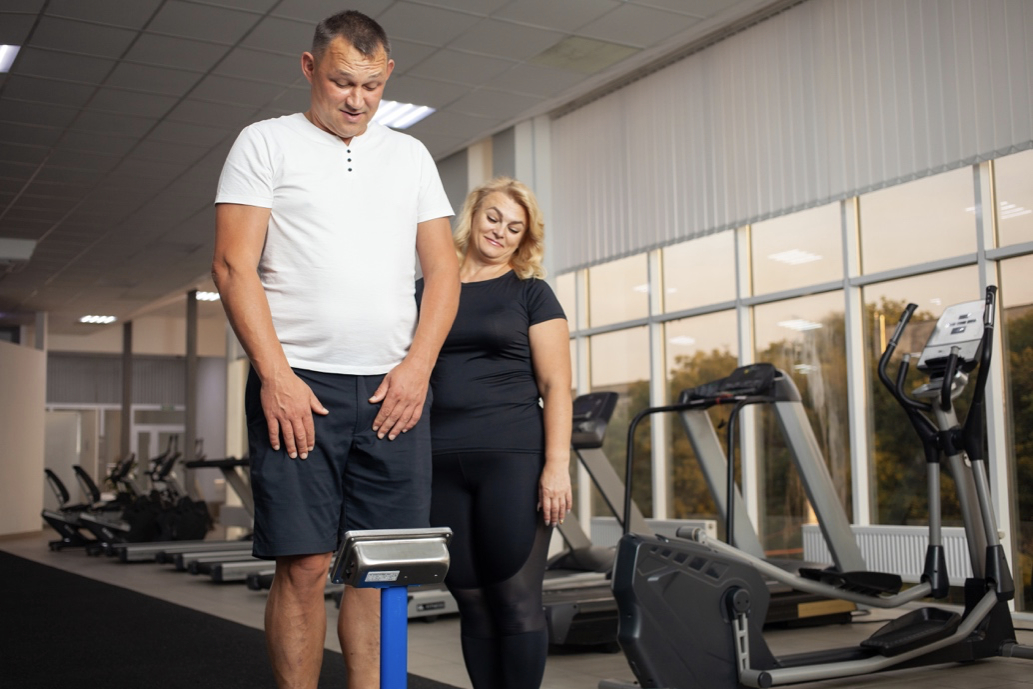Diabetes has long been linked to obesity. Overweight and obese individuals increase their risk for developing type 2 diabetes. Type 2 diabetes, which differs from type 1 (where the pancreas produces little, if any, insulin) results when the pancreas does produce enough insulin, but the cells in the body have become resistant to it. New studies have suggested that the insides of individual cells within the body can become stressed when an individual is overweight. Endoplasmic Reticulum (ER) is located on the inside of cells, and overeating stresses the membranous network out. Essentially, the ER has too many nutrients to handle, and it becomes overwhelmed, so it sends out an alarm. This alarm tells the insulin receptors on the cell surface to become less sensitive, which leads to insulin resistance and high blood sugar. Fortunately, where type 1 diabetes is often a chronic and inherited condition, type 2 diabetes can be managed with diet and exercise. In some cases, it can even be reversed.
There is no cure for type 2 diabetes, but some individuals may be able to reverse it, or at the very least, manage it easier and regulate blood sugar levels through diet and exercise. You may not require medication any longer, either. Diet and exercise are also able to help curb the symptoms or health concerns that come with type 2 diabetes. Losing a significant amount of weight immediately following diagnosis has proved to be a successful way to help reverse the disease.
Exercising alone may not be enough to reverse the effects of type 2 diabetes, which is why it should be used in conjunction with a healthy diet and weight loss. The Lap-Band® Program is ideal for individuals who have tried various other methods of weight loss but have found no success or have been unable to maintain the weight loss. The Lap-Band is a tool that can be tightened or loosened as your body or your physical needs change over time, therefore helping you achieve your weight-loss goals and maintain weight loss for a lifetime. It can help you stick to a healthy diet and regular exercise regimen. Following these healthy patterns has been shown to improve certain health conditions, like type 2 diabetes.
Source: Dixon, et al. “Adjustable Gastric Banding and Conventional Therapy for Type 2 Diabetes.” JAMA. 2008.


